Robert Morris
People Type:
Research Area:
The research has the overall theme of new directions in transition metal chemistry, especially that of the iron group metals in the areas of hydrogen, hydride, catalytic hydrogenation and hydrogen storage for a clean energy economy. We have discovered new types of reactions involving the splitting of dihydrogen and have identified intermediates with novel, non-classical hydrogen bonds. This has lead to the discovery of new catalysts that operate by novel mechanisms where the ligand and metal work together in the catalytic cycle "metal-ligand bifunctional catalysis."
In a recent breakthrough, we have discovered the first active catalysts based on iron for the asymmetric reduction of ketones to enantiopure alcohols. Some of the catalysts are prepared in one step by a very efficient and economical metal-templated synthesis. The industrial homogeneous catalysts for the enantioselective hydrogenation or transfer hydrogenation of ketones are based on platinum metals and particularly ruthenium. This method provides valuable enantiopure alcohols as additives for perfumes or intermediates in the synthesis of pharmaceuticals. The much lower cost of the iron and its widespread availability and low toxicity compared to ruthenium make its incorporation into an active catalyst very attractive. We are now preparing unprecedented iron catalysts with modular ligands formed in a template synthesis and characterizing them by NMR and X-ray diffraction and studying their mechanism of action by kinetic measurements including deuterium isotope effects and by theory (DFT calculations). From this knowledge the rational design of new generations of active and selective catalysts can be designed.
Nature also utilizes iron in catalysis. Our work is informed by a knowledge of the bioinorganic chemistry of hydrogenase and other enzymes and provides an understanding of nature’s catalysts.
A diverse variety of transition metal hydride complexes have been prepared in our lab including the first dihydrogen complexes of the iron-group metals. Here dihydrogen coordinates to the metal but the H-H bond remains intact. We have uncovered new reactivity, such as superacidic dihydrogen complexes and are uncovering new catalytic mechanisms involving hydrides. We are constructing extensive scales of acids and bases where the hydride serves as an acid or a base. We also found the first non-classical hydrogen bonds where hydrides act as hydrogen bond acceptors: "hydridic-protonic bonding" or "dihydrogen hydrogen bonding". Materials containing such interactions could be useful in hydrogen storage.



